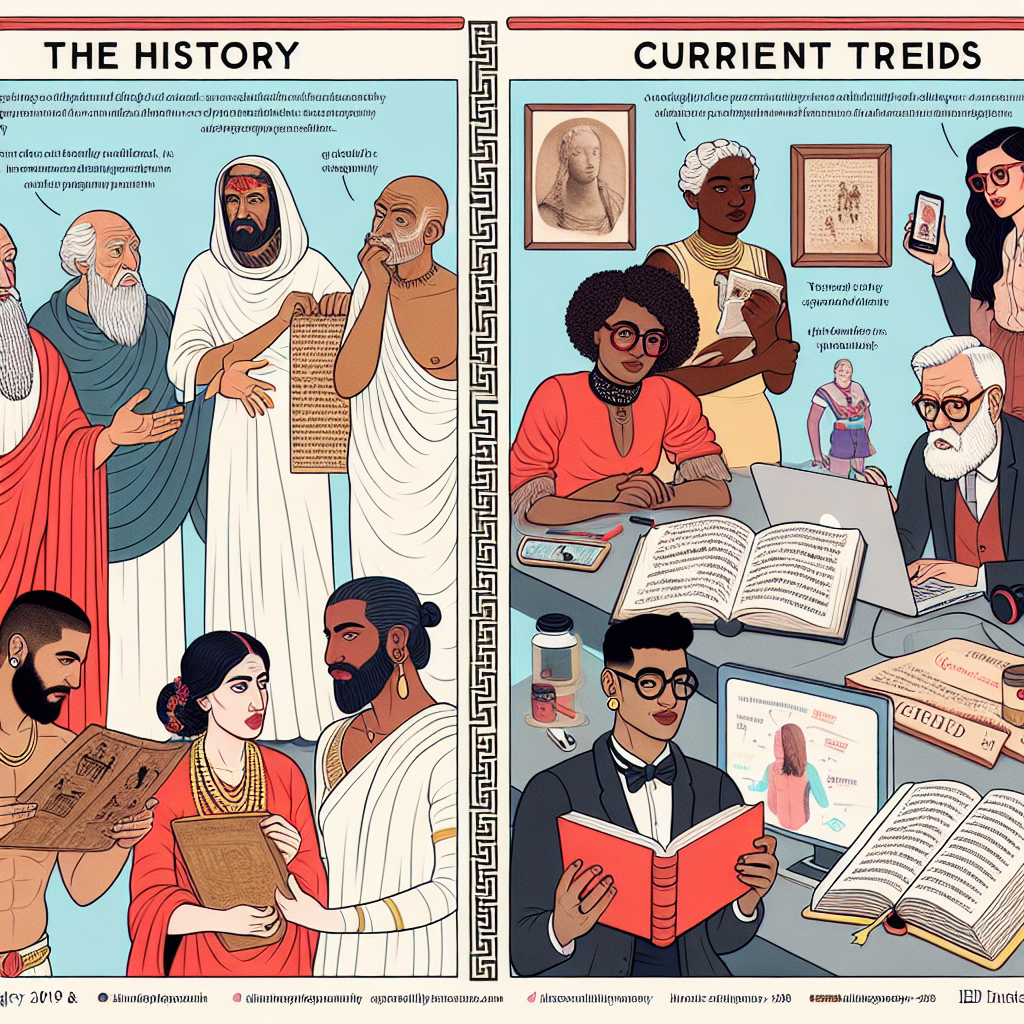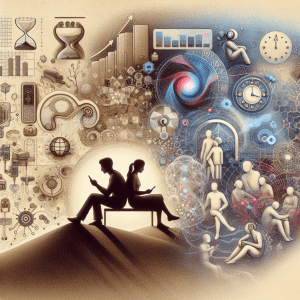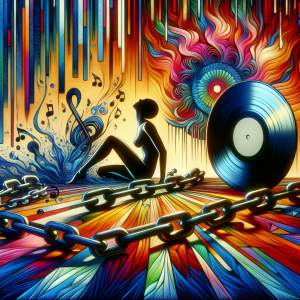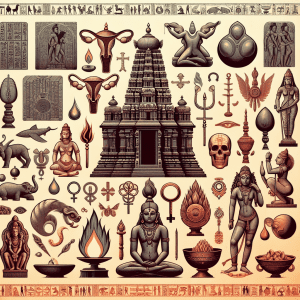Gender Fluidity and Sexual Orientation: Historical Perspectives and Current Trends
Gender fluidity and sexual orientation are topics that have gained significant recognition and discussion in recent years. But their roots are far older and more complex than many might realize. From ancient cultures to modern movements, understanding the historical perspectives and current trends in gender fluidity and sexual orientation can offer valuable insights into human diversity and societal progress.
Historical Perspectives on Gender Fluidity
Believe it or not, gender fluidity is not a new concept. Many ancient civilizations had understandings and practices that recognized more than just the binary genders.
- Ancient Egypt: The Egyptian gods often embodied gender fluidity. For instance, the deity Hapi, the god of the Nile, was depicted with both male and female characteristics, symbolizing fertility and abundance.
- Indigenous Cultures of North America: Numerous Indigenous cultures recognize Two-Spirit individuals who embody both masculine and feminine spirits. This identity was respected and held significant spiritual and social roles within their communities.
- South Asia: The Hijra community in South Asia has a rich history dating back thousands of years. Recognized in ancient Hindu texts, Hijras often held ceremonial roles, particularly in blessings for fertility and prosperity.
These examples show that gender fluidity is deeply rooted in human history, contrasting the modern notion that it is a recent phenomenon.
Historical Perspectives on Sexual Orientation
Just like gender fluidity, diverse sexual orientations have been acknowledged throughout history, even if they were not always accepted.
- Ancient Greece: Homosexuality was quite common and socially acceptable in ancient Greek culture, especially among men. Relationships between older men and younger men were not only tolerated but often idealized.
- Pre-Colonial Africa: Various African tribes acknowledged same-sex relationships and non-binary identities. For instance, the Zande warriors of central Africa often engaged in same-sex relationships.
- 19th Century Europe: The late 1800s and early 1900s saw early movements for the rights of homosexual individuals, particularly in Germany, where the first homosexual rights organization was founded.
Despite the ebb and flow of acceptance and recognition, the undercurrents of diverse sexual orientations have always been present in human society.
Current Trends in Gender Fluidity and Sexual Orientation
Today’s world is witnessing a significant shift towards the acceptance and celebration of diverse gender identities and sexual orientations. This modern movement, while building on historical foundations, is driven by an unprecedented global push for human rights and representation.
The digital age has also played a profound role in this transformation. Platforms and communities online offer safe spaces for individuals to express their identities and connect with others who share their experiences. One such platform is Telegram, which has a variety of curated channels catering to diverse content needs. For example, those interested in mature content can explore the Popular Mature Content Telegram Channels.
Legal and Social Recognition
The recent decades have seen landmark legal victories and social changes that further validate and protect the rights of gender-fluid and non-heteronormative individuals:
- Marriage Equality: Many countries have legalized same-sex marriage, allowing couples to enjoy the same legal rights and social recognition as heterosexual couples.
- Gender Recognition Laws: Several countries have enacted laws that allow individuals to legally change their gender without complex medical requirements.
- Workplace Protections: Anti-discrimination laws in many parts of the world now include protections based on gender identity and sexual orientation.
These advancements reflect a growing acknowledgment of the spectrum of human experience and the importance of ensuring equality and justice for all.
The Road Ahead
While progress has been made, there is still much work to be done. Continual education, advocacy, and dialogue are essential in combating prejudice and fostering inclusivity. By understanding the rich history and embracing the evolving present, we can pave the way for a future where everyone is free to be their authentic selves.
In the end, gender fluidity and sexual orientation are integral aspects of our collective human identity. Acknowledging and celebrating this diversity enriches our society, fostering a culture of empathy, respect, and love for all.



